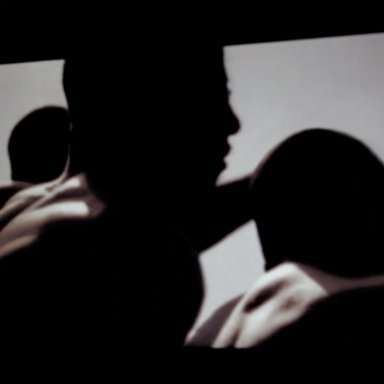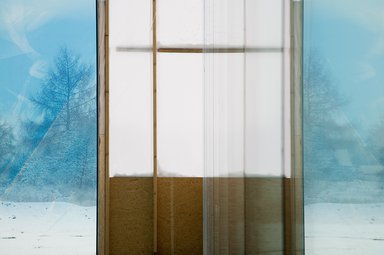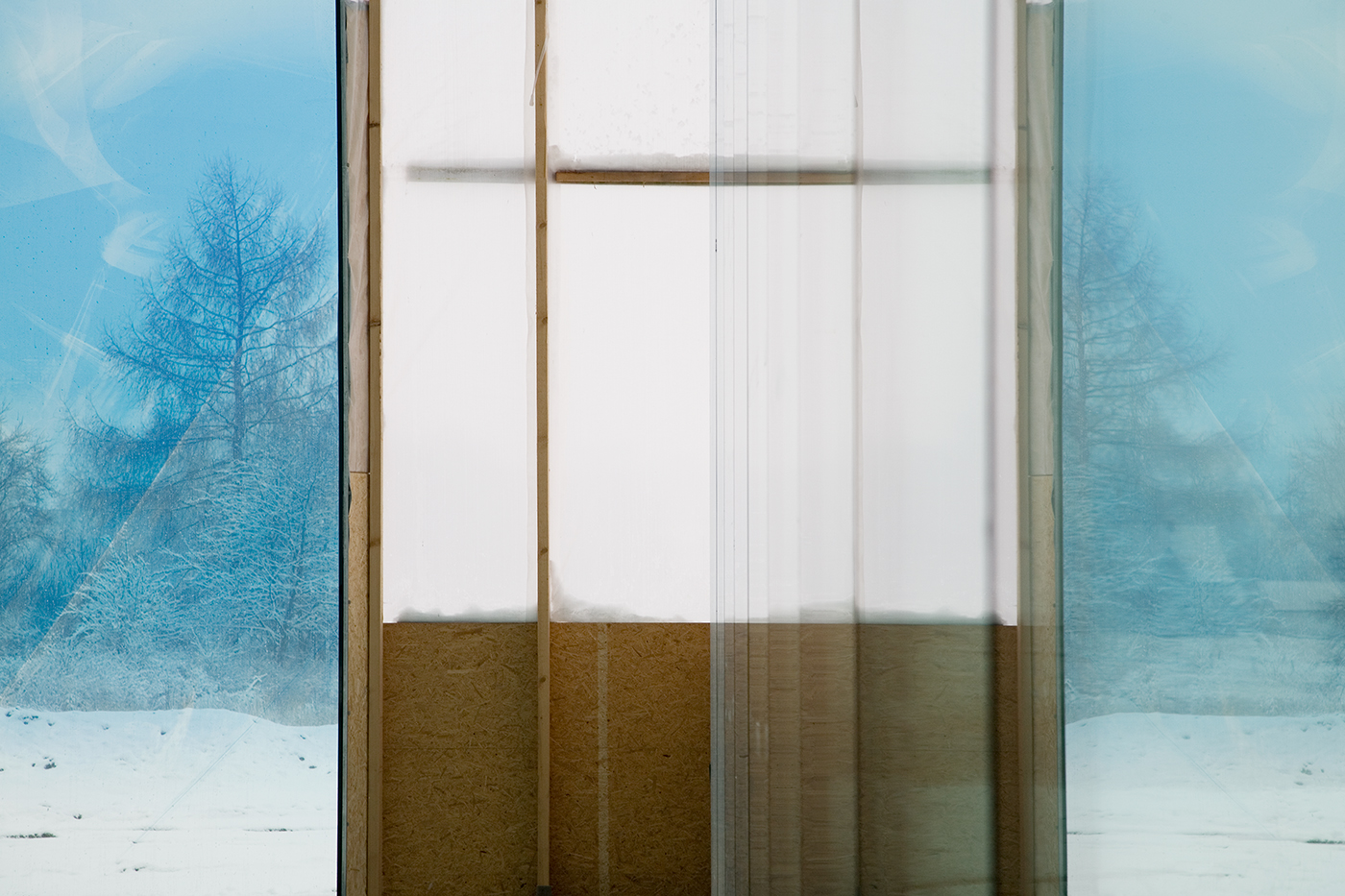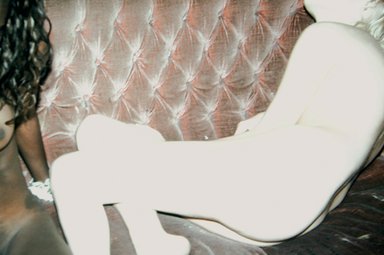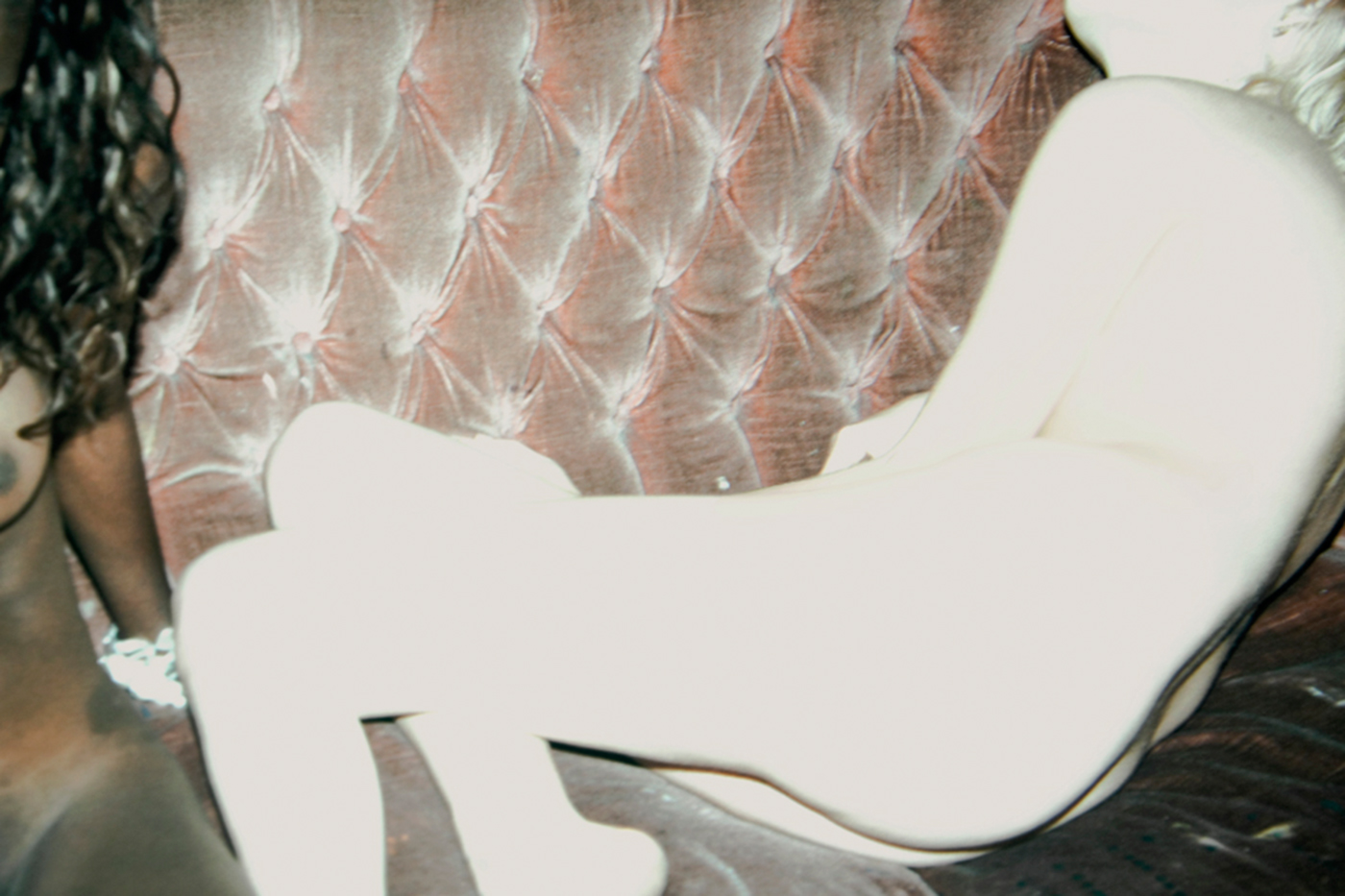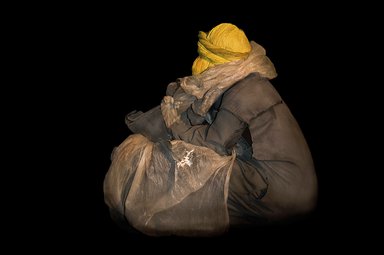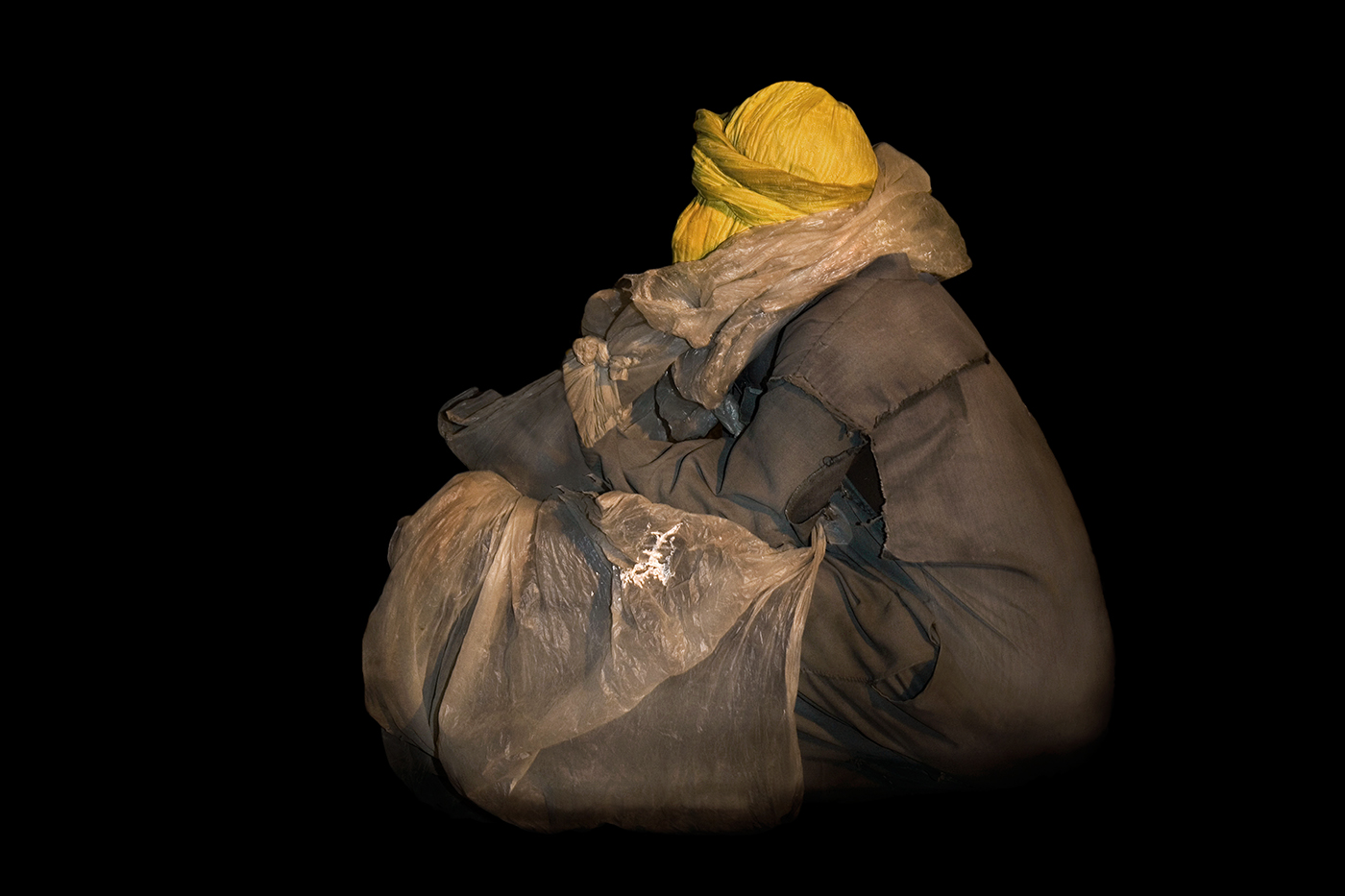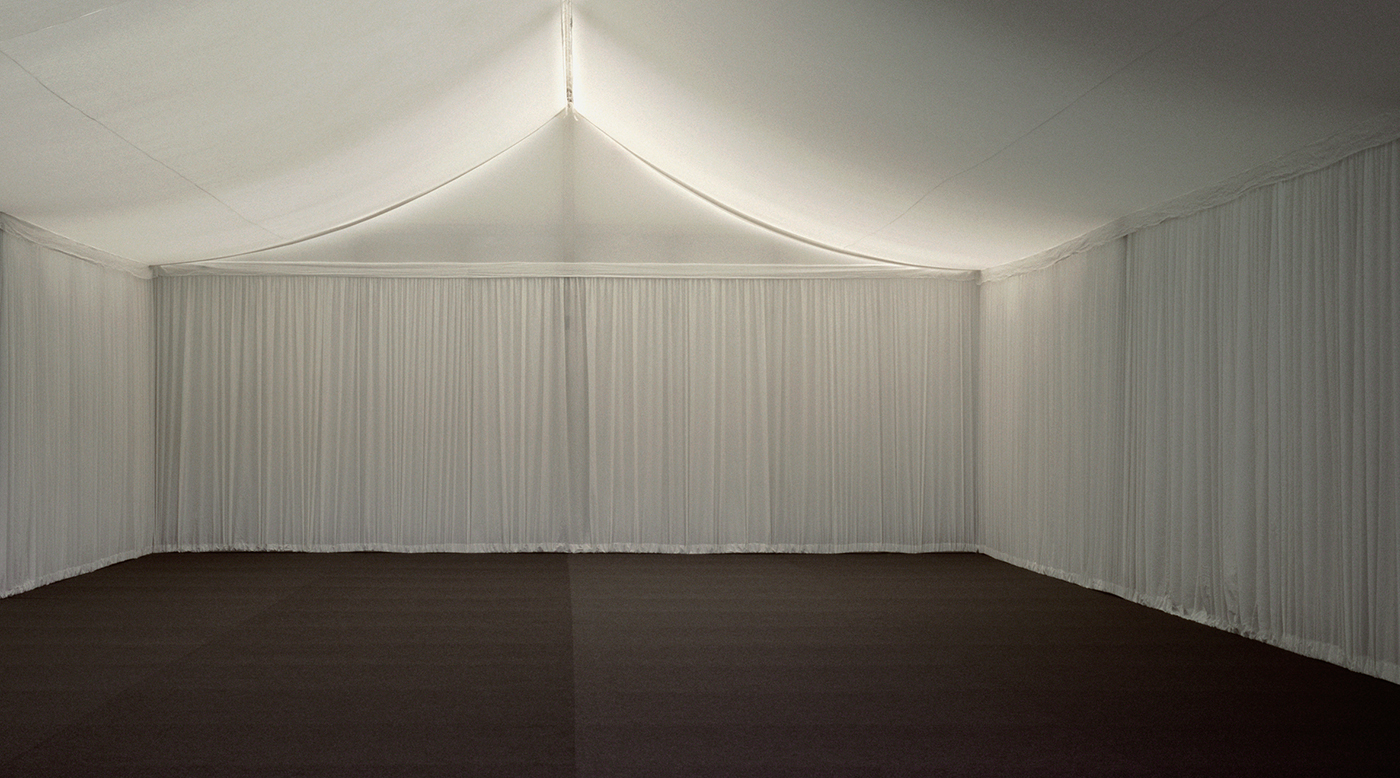About
After graduating from high school, I studied photography and film at the University of Applied Sciences in Darmstadt and then worked as a freelance photographer and film maker in the fields of commercial and art photography. Since 2001 I have been teaching at Bielefeld University of Applied Sciences as Professor of Photography and Visual Media.
Statement
Freed from a recognizable temporal, geographical or architectural context, I explore transformations that an image can undergo by means of artistic intervention in the form of a subjective camera. In the concentrated observation of precise, selected image details, I seek exposure and concealment at the same time. The photographic capturing of a specific moment, a specific perspective, a specific light, transform the subject matter into something indeterminable onto which ideas can be projected. Both interior and exterior condense to form magically charged, metaphorical spaces and special moments which, through the artistic reality, seek a way into the domain of quintessence, which denies any concrete linguistic or pictorial determination. From the intended visualization of what lies within, an aesthetic construct of reality emerges that is nourished not by addition, but rather by reduction, not by movement, but rather by stillness.
Education
- 1978 - 1982 | „Fotografie und Film“, Hochschule Darmstadt (DE)
Institution (Work Experience)
- 2001 - heute | Professur „Fotografie und Bildmedien“, FH Bielefeld (DE)
- 2000 | Lehrauftrag, FH Bielefeld (DE)
Selected Exhibitions/Publications
- Ausstellungen / Exhibitions:
- 2020 I Kunsthalle Mannheim (DE)
- 2018 | Wilhelm Hack Museum Ludwigshafen (DE)
- 2016 | Museum Künstlerkolonie Darmstadt (DE)
- 2015 | Stiftung Zollverein, Essen (DE)
- 2013 | Museum Wiesbaden (DE)
- 2008 | ZKM, Karlsruhe (DE)
- 2007 | Museum MARTa, Herford (DE)
- 2004 | Kunsthalle Bielefeld (DE)
- 2004 | Kommunale Galerie im Leinwandhaus, Frankfurt (DE)
- 2002 | Landesmuseum Oldenburg (DE)
- 2001 | Kunstverein Ulm (DE)
- 2001 | Kunstverein Ludwigshafen am Rhein (DE)
- 2000 | Künstlerhaus Bethanien, Berlin (DE)
- 1998 | Frankfurter Kunstverein, Frankfurt am Main (DE)
- 1994 | Schirn Kunsthalle Frankfurt (DE)
- Publikationen / Publications:
- 2015 | „MenschenBilder“, Kehrer Verlag Heidelberg (DE)
- 2012 | „Winterwald“, Kehrer Verlag Heidelberg (DE)
- 2002 | „Nachtland“, Kehrer Verlag Heidelberg (DE)
- 2000 | „heimat.de“, Verlag der Kunst Dresden (DE)
Personal Website
http://www.emanuelraab.deWorks
Emanuel Raab | ZwischenRaum (2018)
Emanuel Raab | ZwischenRaum (2018)
ZwischenRaum focuses on buildings and objects which, through the choice of the detail and the drama of the lighting, are liberated from any readily discernible temporal, geographical and/or architectural context and presented in isolation. Any indication of ratios of scale, benchmarks or other spatial orientation has deliberately been excluded, such that attention is directly solely at the pictorial object. This appears as if under a magnifying glass, stripped of all narrative detail and spellbound in a kind of pictorial hyperrealism. Like a scientifically oriented study, the subject matter appears to undergo a phenomenological screening. This makes it possible for things to be observed in a thorough, classificatory fashion in order for their inherent nature, that which “dwells within”, to be exposed.
Format:
Photo / Video
Emanuel Raab | KörperBild (2013)
Emanuel Raab | KörperBild (2013)
When viewing photographs, we are actually always interested in what lies outside the visible image: What came before, what happened afterwards, what might be discovered to the left or right, to the top or the bottom. The infinitive of the factual is supplemented by the conditional of the idea and imagination, and nothing sparks our fantasy quite as much as what we do not see. It is between these twin poles of visibility and non-recognizability that the series KörperBild can be situated, the aesthetic structure of which negates any clear identification of reality. At the same time, the individual elements of these Körperbilder become the elements that go to form abstract images. Every theme can be interpreted as a portrayal of reality, as a relationship between body and space, as a description between body and surface, as the relationship between bodies themselves or, indeed, as a detail from a greater framework of images.
Format:
Photo / Video
Emanuel Raab | Gebilde (2008/9)
Emanuel Raab | Gebilde (2008/9)
In the series Gebilde, through the choice of the detail and the drama of the lighting, people, buildings and objects are liberated from their recognizable temporal, geographical and/or architectural context and presented entirely in isolation. Any indication of ratios of scale, benchmarks or other spatial orientation has deliberately been excluded, thus attention is directly solely at the pictorial object. This appears as if under a magnifying glass, stripped of all narrative detail and spellbound in a kind of pictorial hyperrealism. Life in motion is frozen by the camera so that, as if in a scientifically oriented study, it can be subjected to phenomenological screening. This makes it possible for things to be observed in a thorough, classificatory fashion in order for their inherent nature, that which “dwells within”, to be exposed.
Format:
Photo / Video
Emanuel Raab | Ansichten (2004)
Emanuel Raab | Ansichten (2004)
Freed from any recognisable temporal, geographical or architectural contexts, Ansichten examines the transformations that otherwise insignificant places undergo through the artistic interventions of a subjective camera. Often the close study of carefully chosen sections of photographs reveals that disclosure and concealment are side by side. Capturing a particular moment, a particular perspective, or a particular light with a camera transmutes the locations into projection screens for the indeterminable. Inside and out condense into magically charged metaphorical spaces that attempt to go beyond the visual reality and gain admittance to the essential, which resists being pinned down in any concrete way, whether visually or verbally.
Format:
Photo / Video
